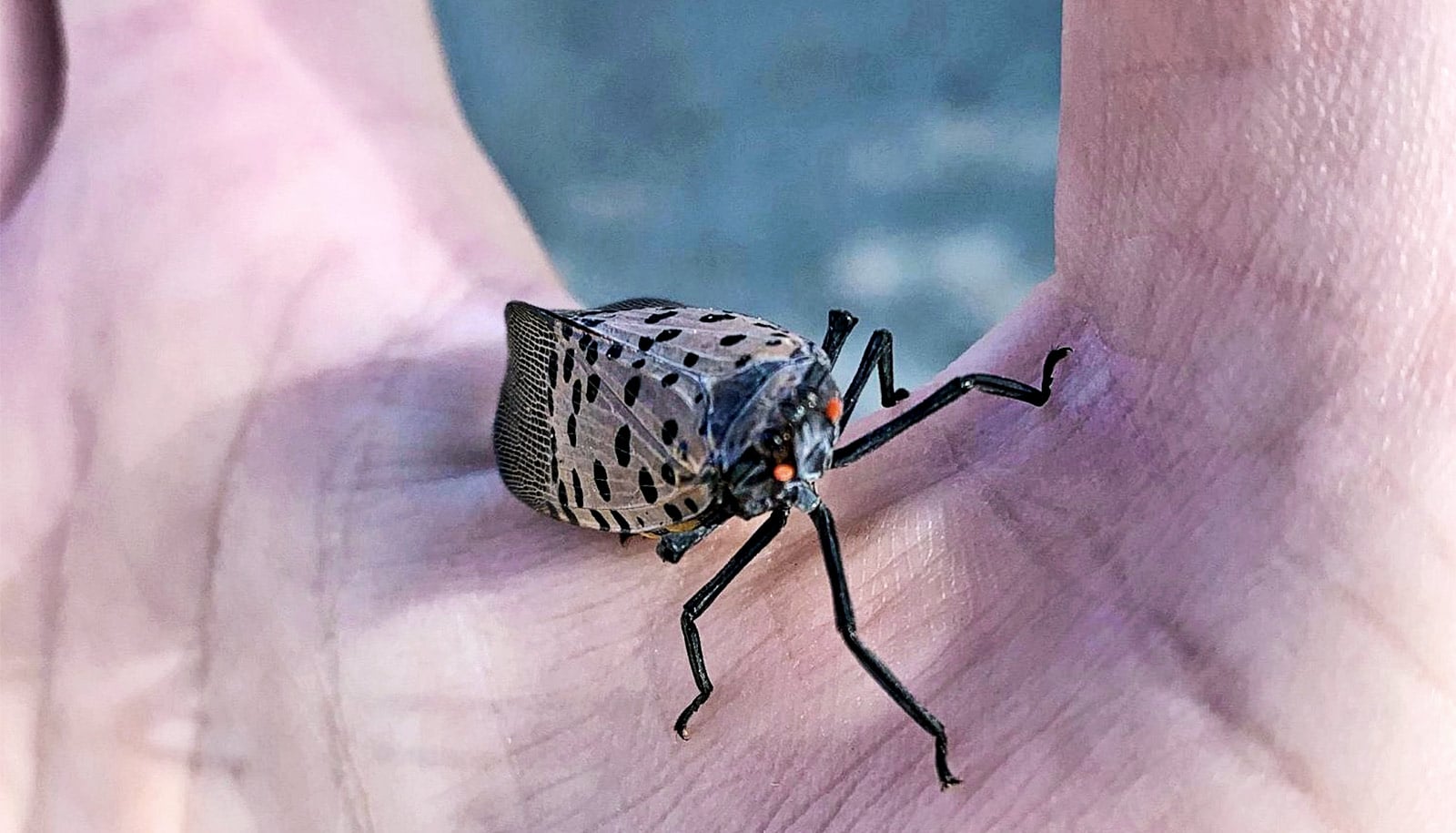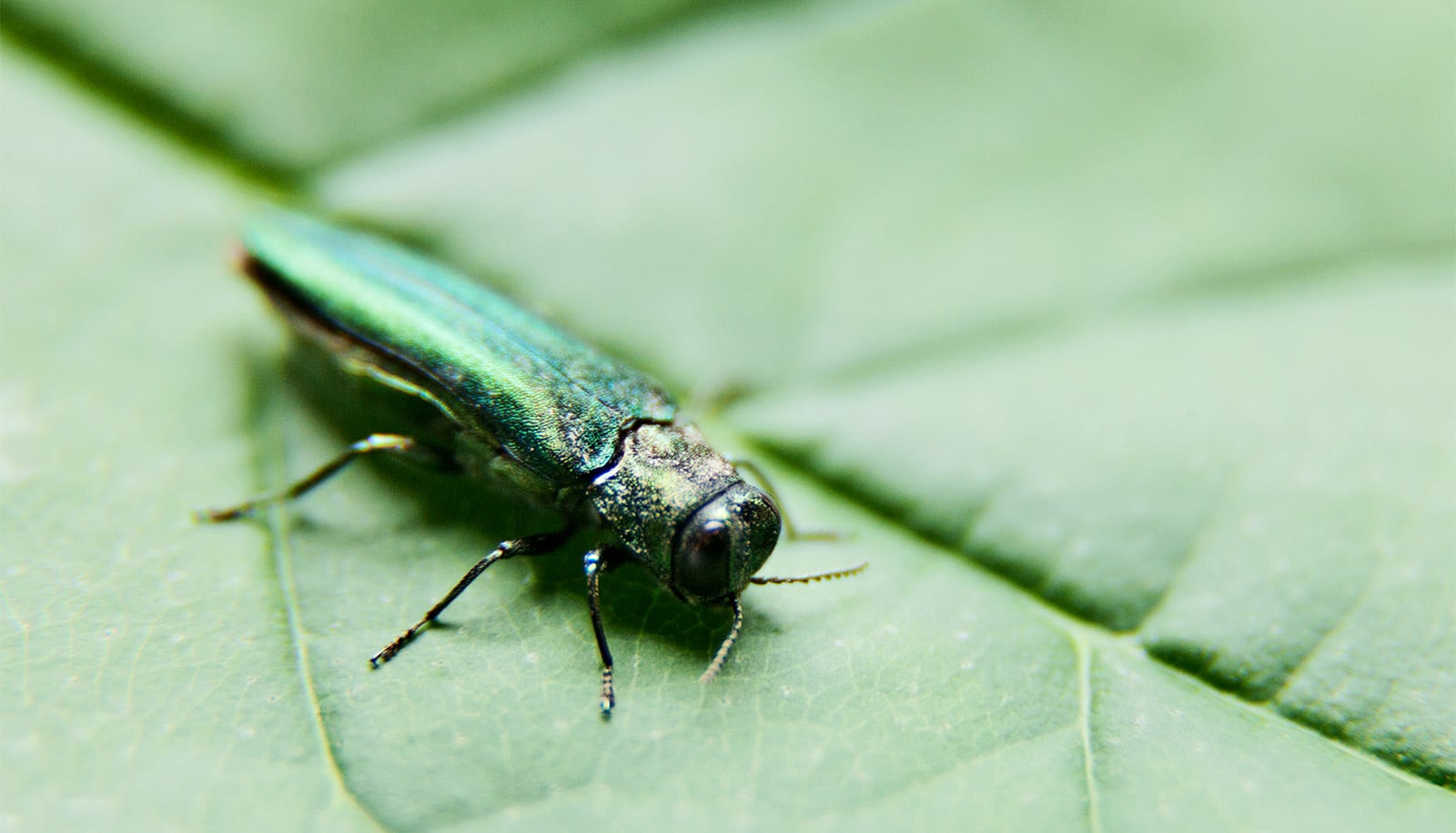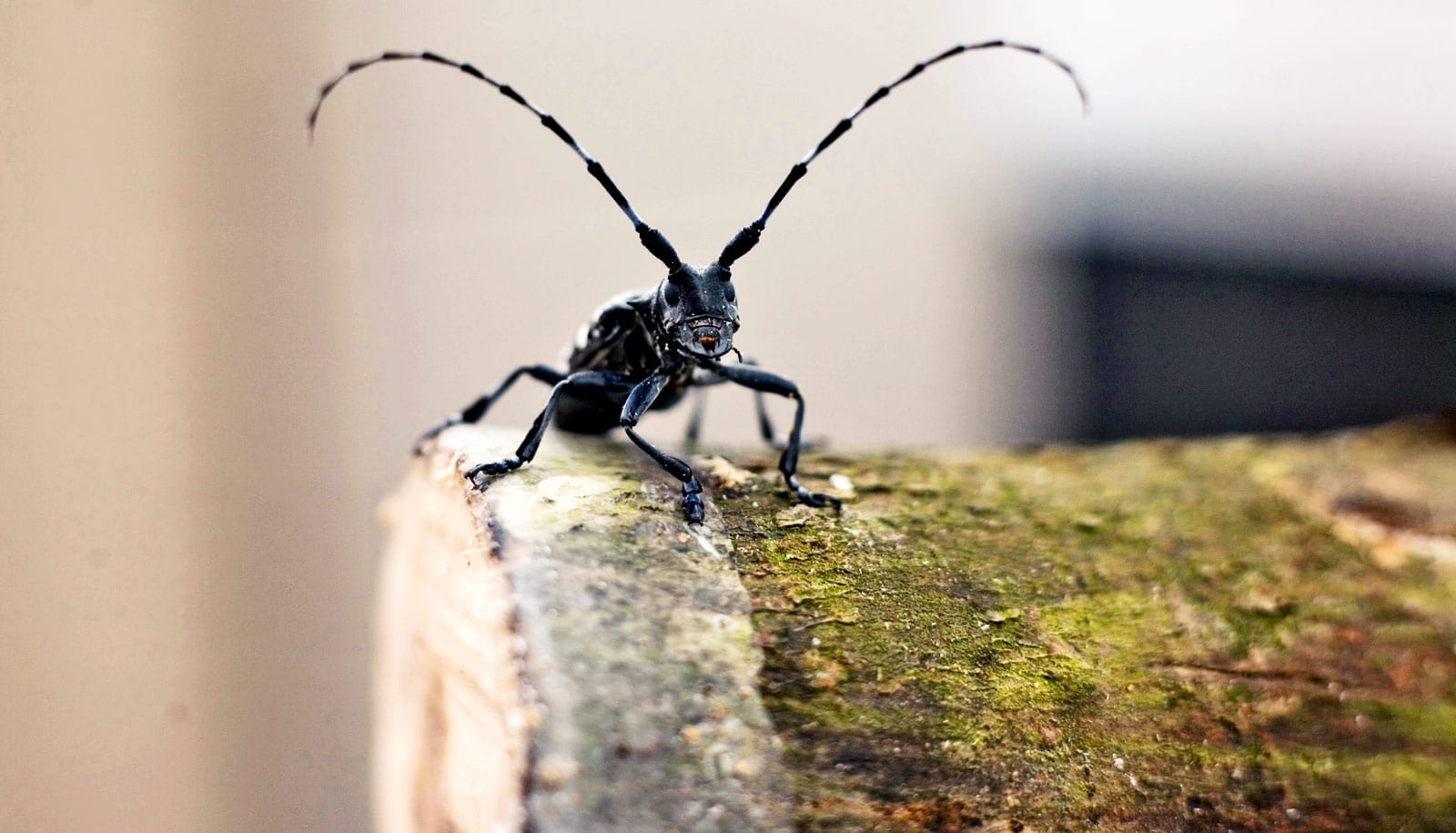Not too many bugs are more destructive than the Lycorma delicatula, better known as the spotted lanternfly. Some experts say that when you see one, you should report it, then smash it.
The invasive pest native to Asia first arrived in the United States seven years ago. It’s a threat to trees, plants, crops, orchards, vineyards, and even jobs.
And as if that’s not bad enough, it excretes a gross residue known as “honeydew” that can turn into mold, drip sticky soot onto cars and patios, and become dangerously slippery to step on—and it just flat out stinks when its scent hits your nostrils.
Charming, right? If that sounds like the sort of bug that you just want to squash, many nature lovers would say, “go right ahead.”
Environmental experts are so worried about the damage the spotted lanternfly could wreak on local ecosystems, the public, in some places, is being advised to kill the bugs as soon as they see them. As the New York Times wrote in a headline, “Die, Beautiful Spotted Lanternfly, Die.” In Pennsylvania, residents are being told, “Kill it! Squash it, mash it, just get rid of it.”
So when live adult spotted lanternflies were spotted in Massachusetts in July—a dozen states now have reported infestations—Jennifer Forman Orth, an environmental biologist at the Massachusetts Department of Agricultural Resources, who got her master’s degree at Boston University in energy and environmental studies, was suddenly besieged with questions about this invasive bug.
Here, Forman Orth talks about this bug, her personal interest in all bugs, and what we should do if we think we’ve seen a dreaded spotted lanternfly:
This isn’t the first time the spotted lanternfly has been spotted in these parts. Why was this discovery more alarming?
There have now been a dozen different reports since 2018. But they are usually dead, after they hitchhiked in on a vehicle or on goods shipped in. This is the first time spotting an active breeding population. They were observed laying eggs, live adults, in trees on the side of the road in Fitchburg.
So breeding is a big deal. But why? How can a bug like this be that threatening?
There are two big reasons we are concerned. One is the threat to agriculture. The favorite host tree of the lanternfly is the tree of heaven. That grows all over the Boston area and other urban areas. It’s an invasive species. But it also attacks grapevines, maple trees, walnut trees, dozens of plants that are important to natural ecosystems throughout the state.
There is also concern, in New York, New Jersey, Pennsylvania, that these lanternflies are congregating by the thousands where infestations are heaviest. They feed on plants, and then excrete this honeydew. It gets sticky, and it’s gross, and that attracts a moss and can be slippery and you have safety issues. It can also attract stinging insects and make it dangerous for people with allergic issues.
Is the big concern about them moving from less dense areas into more densely populated urban areas?
It’s not about them moving toward urban areas. It’s about them having different pathways into Massachusetts. They prefer the tree of heaven, and in urban areas, they will tend to congregate there. But we’re also concerned about places like grapevines.
How do you stop them from spreading?
The best way to slow the spread is for us to achieve early detection. We have to learn to recognize them and report something as soon as they find it.
Is that what happened in Fitchburg?
Our inspector completed an almost two mile radius around the infected trees. And did not find any other lanternflies. We cut the trees down in this one very infected area. I am cautiously optimistic we won’t find any more in Fitchburg.
But I am not sure we can ever say we will eradicate the spotted lanternfly. It will be constant pressure for decades. But if we can stop the spread of it or lower it, that’s helpful.
And if we don’t stop the spread, help us understand the potential impact they can have? I read that Pennsylvania infestations cause economic losses of $50 million each year and hundreds of jobs were lost from destroyed crops. That’s serious.
I know we don’t have a lot of vineyards in Massachusetts, but we care deeply about protecting them. But also cucumber plants and roses are at risk. And grapes. There is potentially a significant impact to any farmer or garden or nursery. Anyone can be impacted who is trying to grow plants that are healthy. And it’s not just the agritourism impact, but also outdoor recreation.
Will I know one if I see one? Is it that obvious because of their distinct red and black coloring?
We still get reports that people think they are butterflies. They send in pictures of butterflies. We like to show this when we do presentations, how it looks striking when you see pictures of just one of them. It’s hard to see just one on a tree, it somehow blends in.
Anything else that makes them distinct?
These are large bugs. They are large compared to other insects we see around here. They do fly. I have seen reports saying that they don’t. They have wings and can definitely fly.
OK, let’s say I do see one. What should I do? Is your department saying, outright, “kill the spotted lanternfly!” Or are you not being quite so dramatic?
This is tricky. New York City is seeing a massive infestation of spotted lanternfly. So when it hits that level, and you know what it looks like, I guess I support that idea of yes, you should kill them. Right now, we have this one infestation in Fitchburg that we are trying to get under control.
But the chances are that when you likely think you see one, it’s probably not one. And I don’t support the “Kill first, ask questions later” approach. Get a photo. Send it to us. If you do kill it, fine, there are lots of insects. We would prefer to advocate for being kind when you can, and to learn more rather than just kill things indiscriminately.
Compassion for bugs. OK, where does your own interest in bugs come from?
One of the first invasive species I studied was the gypsy moth, in Somerville. When I was at the Center for Energy and Environmental Studies at BU, I was studying plants, because I wanted to be a botanist. Then I got my master’s degree, and I went on a trip to Costa Rica and that’s where I first thought, wow, insects are cool.
Why are they cool?
[Laughing] I don’t know if I have a really good answer or explanation. They are just really cool.
Source: Doug Most for Boston University



